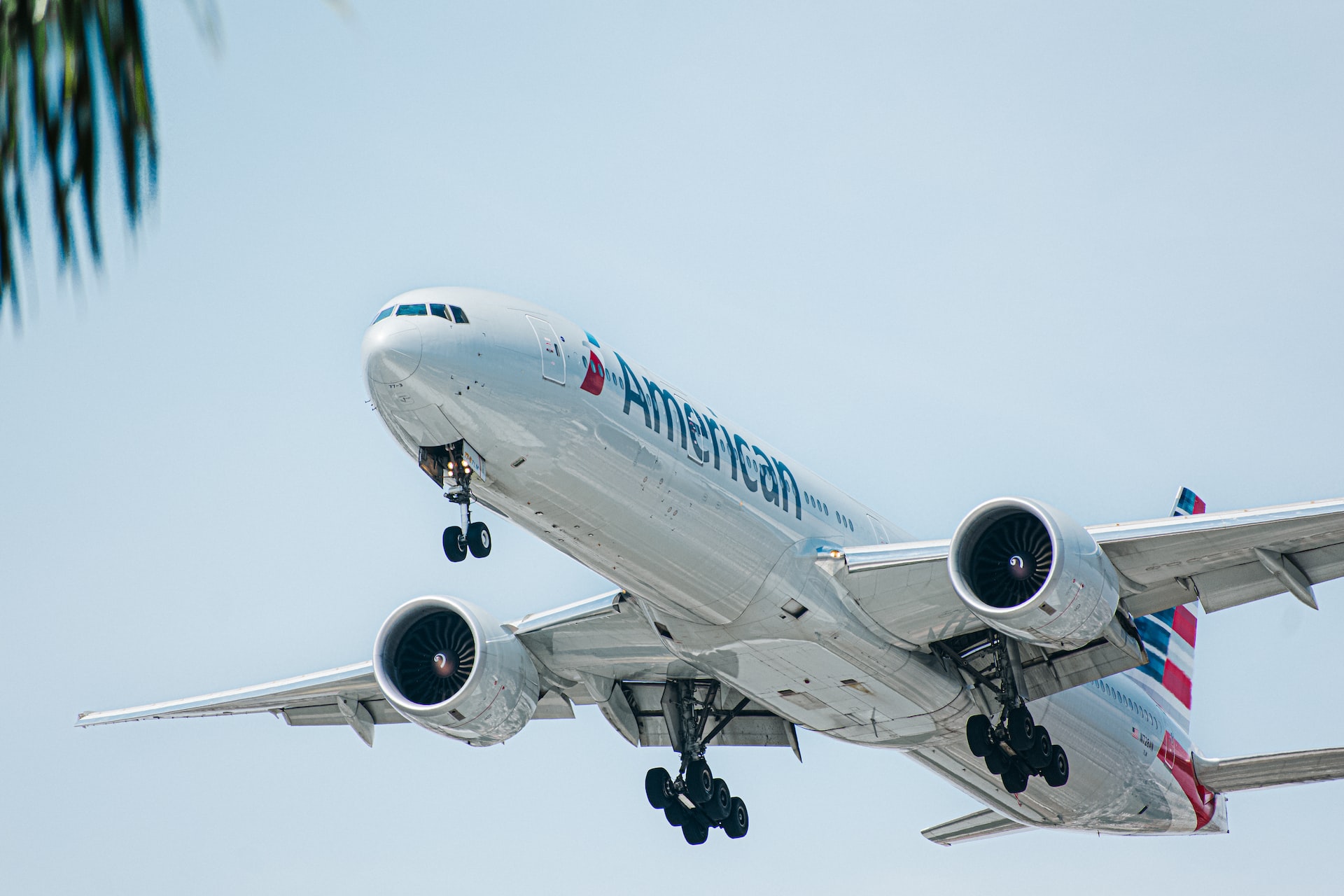
Ever wondered how airlines make money? It's not just about selling tickets. Airlines have multiple revenue streams that keep their planes in the sky and their businesses afloat. From baggage fees to in-flight snacks, these companies have mastered the art of squeezing every possible dollar out of their operations. Did you know that some airlines make more from extra fees than from ticket sales? It's true! They also earn from cargo services, frequent flyer programs, and even selling advertising space. Curious to learn more? Let's dive into the fascinating world of airline revenue streams and uncover the secrets behind their financial success.
Key Takeaways:
- Airlines make money not only from ticket sales but also from ancillary services, loyalty programs, cargo services, and partnerships, showing their diverse revenue streams.
- Dynamic pricing, in-flight purchases, and co-branded credit cards are just a few examples of how airlines creatively generate revenue beyond ticket sales.
Ticket Sales
Airlines make money primarily through ticket sales. However, this is just the tip of the iceberg. Let's explore how ticket sales contribute to their revenue.
-
Base Fare: The base fare is the initial cost of the ticket, which covers the basic transportation from point A to point B. This is the most straightforward revenue stream for airlines.
-
Class Upgrades: Passengers often pay extra to upgrade from economy to business or first class. These upgrades can significantly boost an airline's revenue.
-
Dynamic Pricing: Airlines use sophisticated algorithms to adjust ticket prices based on demand, time of booking, and other factors. This dynamic pricing helps maximize revenue.
Ancillary Services
Beyond ticket sales, airlines have found numerous ways to generate additional income through ancillary services. These services often enhance the travel experience for passengers.
-
Baggage Fees: Many airlines charge for checked baggage, especially for economy class passengers. This fee can add up quickly, contributing significantly to revenue.
-
In-Flight Purchases: Passengers can buy food, beverages, and duty-free items during the flight. These sales provide a steady stream of additional income.
-
Seat Selection Fees: Some airlines charge extra for preferred seating, such as window or aisle seats, or seats with extra legroom.
Loyalty Programs
Loyalty programs are another crucial revenue stream for airlines. These programs encourage repeat business and offer various perks to frequent flyers.
-
Frequent Flyer Miles: Airlines sell frequent flyer miles to credit card companies and other partners. These miles are then used as rewards for customers, creating a profitable cycle.
-
Co-Branded Credit Cards: Many airlines partner with banks to offer co-branded credit cards. These cards often come with annual fees and encourage spending, benefiting both the airline and the bank.
Cargo Services
Passenger flights aren't the only way airlines make money. Cargo services play a significant role in their revenue streams as well.
-
Freight Charges: Airlines transport goods and packages for businesses and individuals. Freight charges for these services can be quite lucrative.
-
Special Cargo: Transporting special cargo, such as live animals or perishable goods, often comes with higher fees due to the extra care required.
Partnerships and Alliances
Airlines often form partnerships and alliances to expand their reach and share resources. These collaborations can be financially beneficial.
-
Code-Sharing Agreements: Code-sharing allows airlines to sell seats on each other's flights. This expands their network and increases revenue without additional flights.
-
Joint Ventures: Some airlines enter into joint ventures, sharing profits and costs on specific routes. This collaboration can lead to higher profitability.
Advertising and Sponsorships
Advertising and sponsorships provide another revenue stream for airlines. These opportunities can be found both in-flight and on the ground.
- In-Flight Advertising: Airlines sell advertising space on in-flight entertainment systems, tray tables, and even overhead bins. This advertising can be a significant source of income.
The Bottom Line on Airline Revenue Streams
Airlines make money in more ways than just selling tickets. They earn from baggage fees, in-flight services, and frequent flyer programs. Cargo transport and partnerships with other companies also add to their income. Advertising on planes and in airports is another revenue stream. Some airlines even charge for seat selection or extra legroom. Maintenance services for other airlines and leasing aircraft can bring in cash too. Credit card partnerships and travel insurance sales are other clever ways airlines boost their earnings. Understanding these revenue streams helps us see why flying can be so expensive. Next time you book a flight, you'll know where your money's going. Airlines have many ways to stay profitable, ensuring they can keep us flying around the world.
Frequently Asked Questions
Was this page helpful?
Our commitment to delivering trustworthy and engaging content is at the heart of what we do. Each fact on our site is contributed by real users like you, bringing a wealth of diverse insights and information. To ensure the highest standards of accuracy and reliability, our dedicated editors meticulously review each submission. This process guarantees that the facts we share are not only fascinating but also credible. Trust in our commitment to quality and authenticity as you explore and learn with us.


